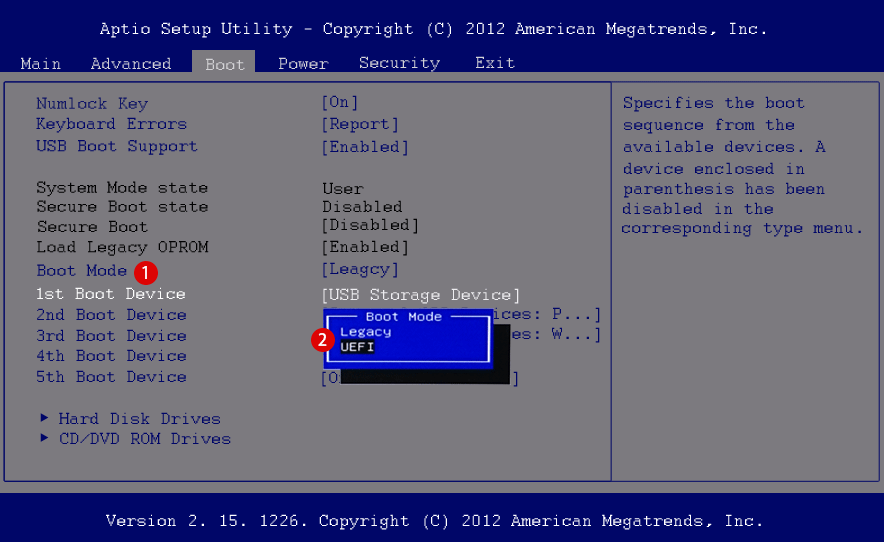Bitvise SSH Server: Secure file transfer and terminal shell access for Windows. Our SSH server supports all desktop and server versions of Windows, 32-bit and 64-bit, from Windows XP SP3 and Windows Server 2003, up to the most recent – Windows 10 and Windows Server 2019. How to Secure the SSH Server in Ubuntu 20.04 from Basic to Advanced Method of Securing the SSH Server in Ubuntu 20.04. All the SSH configurations are stored in its /etc/ssh/sshdconfig. Basic Steps for securing the SSH Server in Ubuntu 20.04. Step # 1: Opening the SSH Configuration File. Secure Shell is a network communication protocol used for encrypted communication and remote administration between client and server. It is a multi-purpose protocol that can be used to do a lot more than just remote administration. This protocol communicates securely over an unsecure network using asymmetric encryption. Secure Shell is a network communication protocol used for encrypted communication and remote administration between client and server. It is a multi-purpose protocol that can be used to do a lot more than just remote administration. This protocol communicates securely over an unsecure network using asymmetric encryption. In this article. Applies to Windows Server 2019, Windows 10. OpenSSH is a connectivity tool for remote login that uses the SSH protocol. It encrypts all traffic between client and server to eliminate eavesdropping, connection hijacking, and other attacks.
-->Applies to Windows Server 2019, Windows 10

OpenSSH is a connectivity tool for remote login that uses the SSH protocol. It encrypts all traffic between client and server to eliminate eavesdropping, connection hijacking, and other attacks.
OpenSSH can be used to connect Window 10 clients to Windows Server 2019. OpenSSH Client is available to install on Windows 10 build 1809 and later, while OpenSSH Server is available to install on Windows Server 2019 and later.
Important
If you downloaded OpenSSH from the GitHub repo at PowerShell/openssh-portable, follow the instructions listed there, not the ones in this article.
Install OpenSSH using Windows Settings
Both OpenSSH components can be installed using Windows Settings. OpenSSH Server is installed on Windows Server and OpenSSH Client is installed on Windows 10 devices.
To install the OpenSSH components:
Open Settings, select Apps > Apps & Features, then select Optional Features.
Scan the list to see if the OpenSSH is already installed. If not, at the top of the page, select Add a feature, then:
- On Windows 10, find OpenSSH Client, then click Install
- On Windows Server 2019, find OpenSSH Server, then click Install
Once setup completes, return to Apps > Apps & Features and Optional Features and you should see OpenSSH listed.

Note
Installing OpenSSH Server will create and enable a firewall rule named OpenSSH-Server-In-TCP. This allows inbound SSH traffic on port 22. If this rule is not enabled and this port is not open, connections will be refused or reset.
Install OpenSSH using PowerShell
To install OpenSSH using PowerShell, run PowerShell as an Administrator.To make sure that OpenSSH is available, run the following cmdlet:
This should return the following output:
Aoc driver download. Then, install the server or client components as needed:
Both of these should return the following output:
Start and configure SSH Server
To start and configure OpenSSH server for initial use, open PowerShell as an administrator, then run the following commands to start the SSHD service:
Connect to SSH Server
Once installed, you can connect to OpenSSH Server from a Windows 10 device with the SSH client installed using PowerShell as follows. Be sure to run PowerShell as an administrator:
Once connected, you get a message similar to the following:
Selecting yes adds that server to the list of known ssh hosts on your Windows client.
You are prompted for the password at this point. As a security precaution, your password will not be displayed as you type.
Once connected, you will see the Windows command shell prompt:
Uninstall OpenSSH using Windows Settings
To uninstall OpenSSH using Windows Settings:
- Open Settings, then go to Apps > Apps & Features.
- Go to Optional Features.
- In the list, select OpenSSH Client or OpenSSH Server.
- Select Uninstall.

Secure Sftp Server
Uninstall OpenSSH using PowerShell
Ssh Into Server
To uninstall the OpenSSH components using PowerShell, use the following commands:

Secure Ssh Server
Viewcast sound cards & media devices driver. You may need to restart Windows afterwards if the service was in use at the time it was uninstalled.
